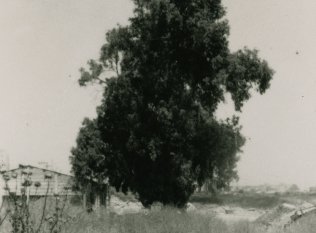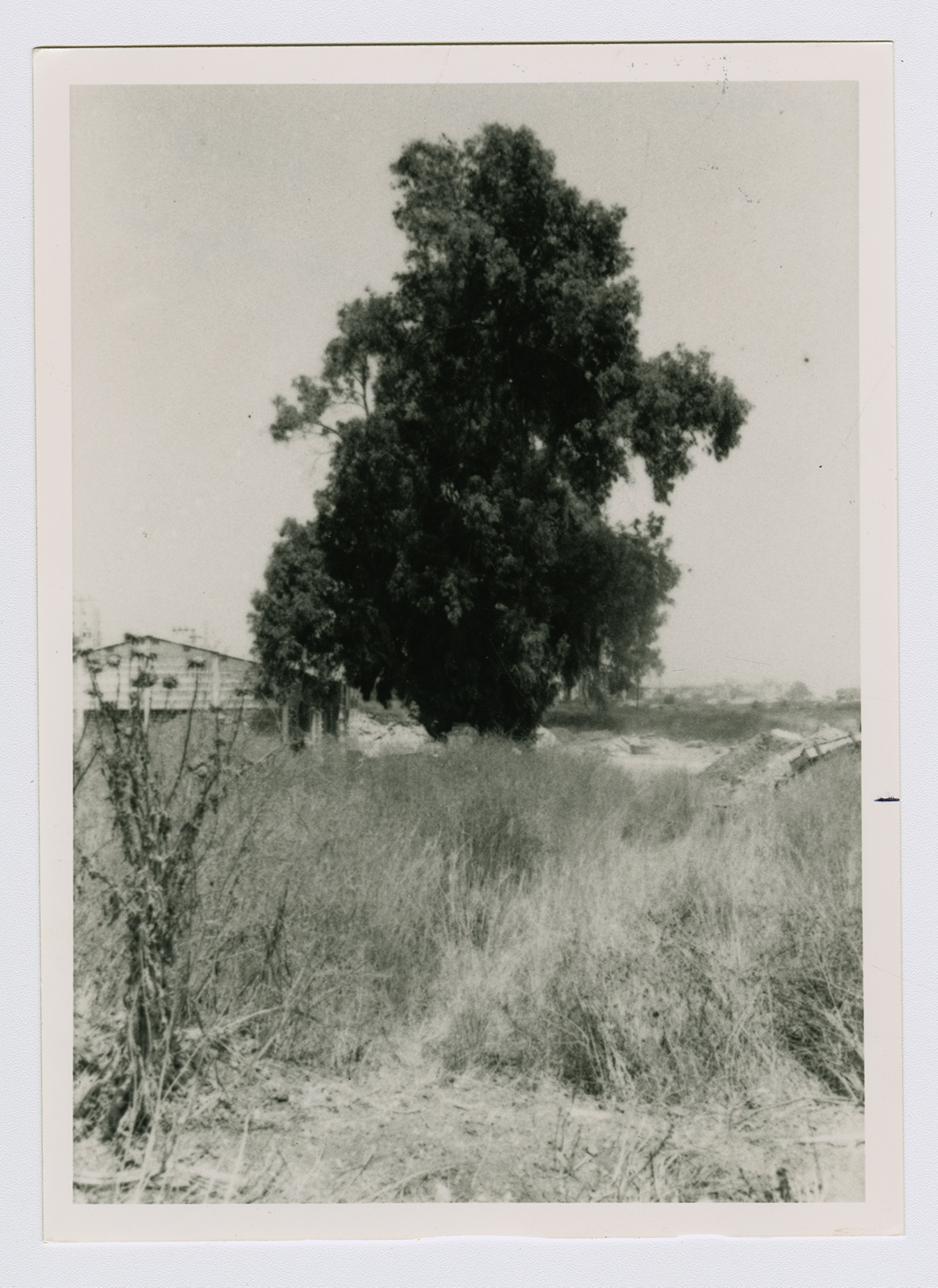The village was situated about 5 km from the seashore on the central coastal plain and was bordered by marshlands. AI-Jammasin, the first part of the village name, was Arabic for 'buffalo breeders'; the second part, al-Sharqi, meant 'eastern' and distinguished it from the twin village of al-Jammasin al-Gharbi, to the west. All of the inhabitants were Muslims. They were originally nomads who had migrated from the Jordan Valley and who may have arrived in the area near the village site during the sixteenth century. Ottoman tax records for 1596 list Jammasin/Mazra'at Khashana as a 'tribe' in the nahiya of Bani Sa'b (liwa' of Nablus); its members paid taxes on goats and beehives. ![[Hut. and Abd.:141]](/sites/default/files/Ref_1.JPG) Judging from the absence of taxes on crops, it appears that the people of this mazra'a ('farm') may have specialized in short-distance herding and semi-nomadic tasks. By the eighteenth century, however, the people of Jammasin had settled in the area. Their typical form of housing, called a khus, was a conical or pyramidical hut made of logs and branches.
Judging from the absence of taxes on crops, it appears that the people of this mazra'a ('farm') may have specialized in short-distance herding and semi-nomadic tasks. By the eighteenth century, however, the people of Jammasin had settled in the area. Their typical form of housing, called a khus, was a conical or pyramidical hut made of logs and branches. ![[Sirhan 1989:154]](/sites/default/files/Ref_1.JPG) Some houses, however, were built of adobe brick. The children attended school in the village of al-Shaykh Muwannis. The villagers earned their living primarily by raising buffalos, marketing the meat and milk in Jaffa and using the beasts as draft animals. In addition to animal husbandry, they cultivated citrus, grain and other crops. In 1944/45 a total of 53 dunums was devoted to citrus and bananas and 40 dunums were allocated to cereals; 193 dunums were irrigated or used for orchards. Some people from the village also worked in the outlying citrus groves, particularly the German-owned groves in Saruna.
Some houses, however, were built of adobe brick. The children attended school in the village of al-Shaykh Muwannis. The villagers earned their living primarily by raising buffalos, marketing the meat and milk in Jaffa and using the beasts as draft animals. In addition to animal husbandry, they cultivated citrus, grain and other crops. In 1944/45 a total of 53 dunums was devoted to citrus and bananas and 40 dunums were allocated to cereals; 193 dunums were irrigated or used for orchards. Some people from the village also worked in the outlying citrus groves, particularly the German-owned groves in Saruna.
Judging from the absence of taxes on crops, it appears that the people of this mazra'a ('farm') may have specialized in short-distance herding and semi-nomadic tasks. By the eighteenth century, however, the people of Jammasin had settled in the area. Their typical form of housing, called a khus, was a conical or pyramidical hut made of logs and branches.
Some houses, however, were built of adobe brick. The children attended school in the village of al-Shaykh Muwannis. The villagers earned their living primarily by raising buffalos, marketing the meat and milk in Jaffa and using the beasts as draft animals. In addition to animal husbandry, they cultivated citrus, grain and other crops. In 1944/45 a total of 53 dunums was devoted to citrus and bananas and 40 dunums were allocated to cereals; 193 dunums were irrigated or used for orchards. Some people from the village also worked in the outlying citrus groves, particularly the German-owned groves in Saruna.

